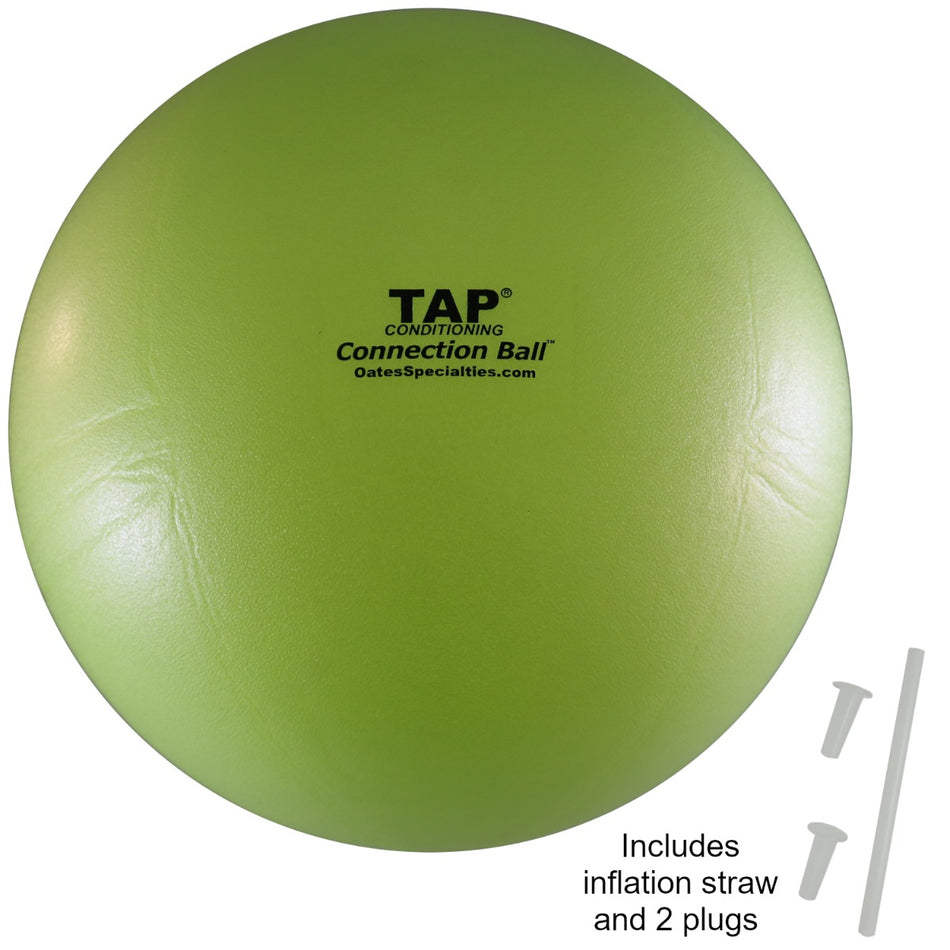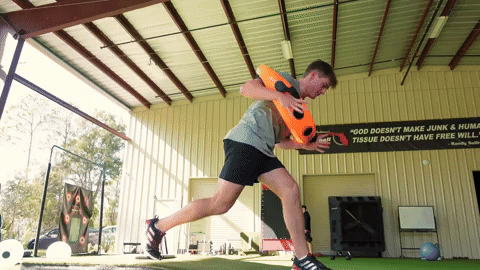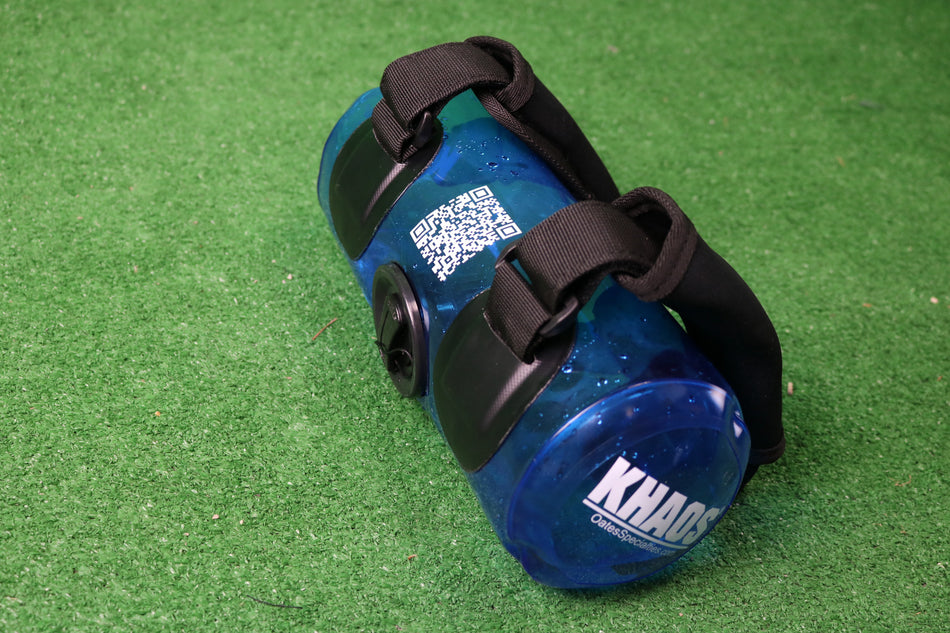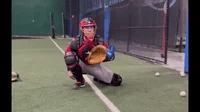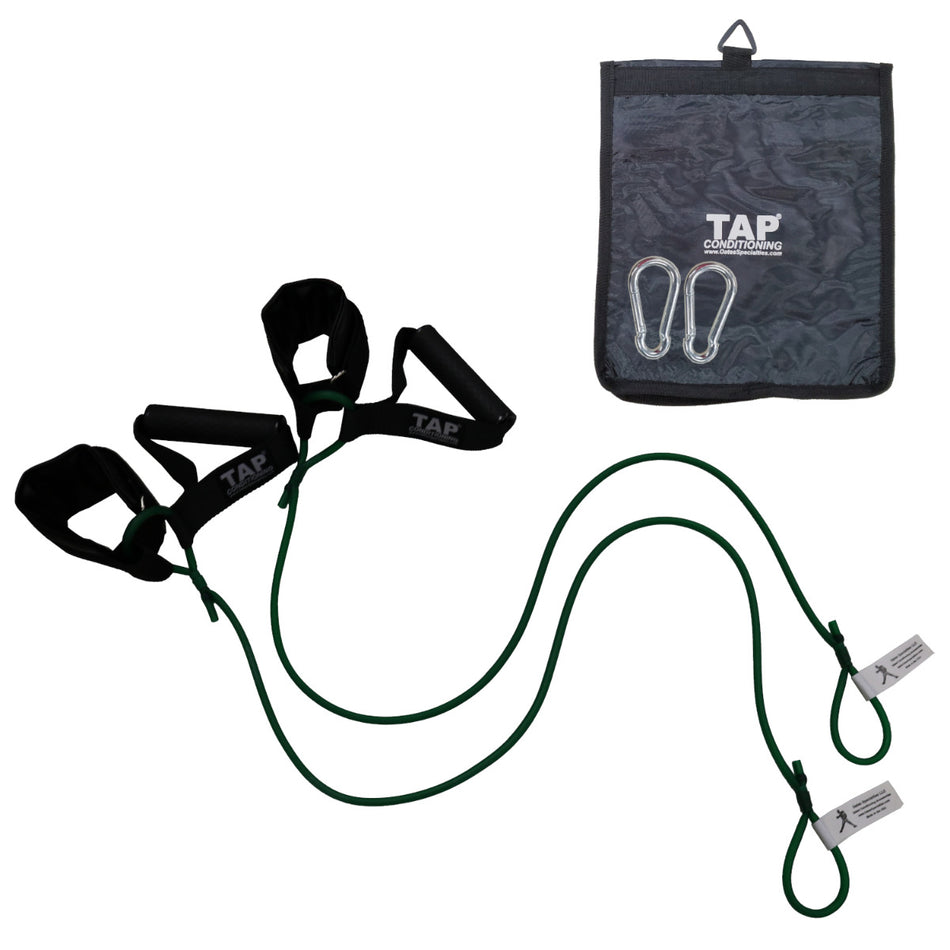Baseball players in Tulsa, Oklahoma are a lucky group of athletes. Last week I spoke with Scott Glanz, a former professional baseball player who recently opened up a training facility in Tulsa. Just yesterday I had an interesting conversation with another group of coaches from Tulsa at the D-Bat facility in the Broken Arrow community. I began the conversation speaking with Richard Irvin and Danny Bean about their use of the Speed Chains when training baseball athletes who come to their facility. Danny immediately expressed his belief that the Speed Chains are phenomenal training tools but referred me to the D-Bat Tulsa’s strength and conditioning coach to learn more about the specific integration of the Speed Chains.
The strength and conditioning coach that Danny referred me to is Matt Frazier. Matt is the son of former major league pitcher George Frazier and the brother of Colorado Rockies minor league pitcher Parker Frazier. Matt spent time as the assistant strength and conditioning coach for the Oral Roberts University Baseball team before becoming a strength and conditioning coach in the Colorado Rockies organization. While with the Rockies organization he trained players such as Ubaldo Jimenez, Manuel Corpas, Brad Hawpe, and Matt Holliday among others. Needless to say, Matt has a strong baseball background and a tremendous amount of experience in baseball specific strength training.
Matt began by sharing with me the basics of his athlete’s conditioning program. Because the majority of his athletes are busy playing a full schedule of summer baseball they generally attend his training sessions twice a week. One of these sessions is dedicated to using the Speed Chains among other equipment. Matt’s players use the Torso Burner Speed Chain, the Bat Speed Chain, and the Throwing Speed Chain during a typical workout. Matt told me that his guys usually go through an extended warm-up before using the chains in order to warm up and prepare their body for the intense workout that is to follow. Usually this warm up lasts 15 to 20 minutes before the half hour workout begins.
Matt sets up four stations of chain exercises, using the Speed Chains listed above. The players perform 1 set of between 6 and 8 chain exercises for around 12-18 seconds depending on whether the goal is explosiveness/quickness or endurance. Some of the exercises the athletes at D-Bat Tulsa perform with the Torso Burner are side to sides, up and downs with the arms, and bent over rows.
With the Bat Speed Chains and the Throwing Speed Chain, Matt has his players swing and throw with not only their dominant arm/side but also with their non-dominant arm/side. This is extremely beneficial, as Matt tells me, because it helps balance out his athletes’ bodies. Baseball is a one side dominant game, except for those rare individuals who are switch hitters (or the even rarer players who throw with both arms). Because an athlete constantly uses one side of his body to perform the same movements over and over again, these muscles become larger and stronger than their counterparts on the opposite side.
These imbalances are not healthy and can lead to injuries. Muscle imbalance is often the cause of hamstring injuries, for example, as the quadricep is stronger than the hamstring and therefore the hamstring cannot hold up to the stress and breaks down. Muscle imbalances in baseball are commonly seen throughout the core as an athlete rotates to one side. This repetitive movement creates one side of the core, the side that is in charge of the explosive rotation, to become stronger than the other side, and like the hamstring/quad relationship, one side often cannot handle the force and energy created by the other. This is what leads to oblique injuries, an epidemic in today’s game.
But Matt is on the right track having his players swing and throw with both sides. This allows the non-dominant muscles to become the dominant muscles, even if just for the exercise, and helps to strengthen them. Professional athletes in different sports are beginning to understand this and train accordingly. For example, Tiger Woods swings the same number of times left handed after a round as he did right handed on the course. Click here for an example of Tiger's left handed swing in a Major championship. Furthermore, challenging athletes to perform the same movements to both sides of their body helps to improve coordination and the neuro-muscular pathways in an athlete’s body, which helps to improve their athleticism.
Matt says that while his athletes “love to hate” the Speed Chains, they are seeing a great deal of improvement in all aspects of their game. Matt told me that his guys have seen speed, strength and velocity improvements. Moreover, Matt said that everybody who uses the Speed Chains have had their core strength sky rocket.
I found it particularly humorous when Matt shared with me what often resulted when new players joined his conditioning program. Matt said that because the Speed Chains require so many new movements and new challenges for athletes using them for the first time, he has had many actually throw up from the grueling workout.
Click here for a video of many of the Speed Chain exercises.
While the Speed Chains are a large part of the exhausting workout Matt described to me it was not the only part. After the athletes at D-Bat finished with the Speed Chain exercises they then moved on to other difficult drills. Matt explained that his athletes then began to use the Large Diameter Rope to help strengthen the upper body.
Following the rope exercises the athletes use the Double Handle Medicine Balls and perform what is known as the “wall series” drills. The wall series require an athlete to stand with his back against a wall and move the medicine ball rotationally, hitting the wall as he approaches the end of the range of movement. This set of exercises include side to side, diagonals each way (low one side to high the other side), and woodchoppers which is where the athlete hits the wall between his legs and then to the wall above his shoulder to the right, then between his legs and then to the wall above his shoulder to the left. Click here for a video demonstrating some of these exercises.
The last exercise Matt has his players do before the workout is over is medicine ball throws. These are done with air-filled medicine balls as the athlete must put as much velocity on the ball as he can. This is beneficial to a baseball athlete because it is very similar to the movement made during a throw as the athlete must plant the front foot and use his momentum to come over that front foot as he delivers the throw. Click here for another video showing an example of a medicine ball throw.
As you can tell based on the many explosive and intense exercises that the athletes are being put through at the D-Bat Tulsa training program they are surely becoming more athletic and better-conditioned baseball athletes. I also really appreciate Matt, Richard, and Danny taking the time out of their busy day to visit with me. It was a great conversation and I learned a great deal about how baseball athletes are being trained in Tulsa, Oklahoma.
If you have any additional questions about the equipment or the type of workout I described please don’t hesitate to contact me.
Until next time, Brian Oates
Brian@Oatesspecialties.com


